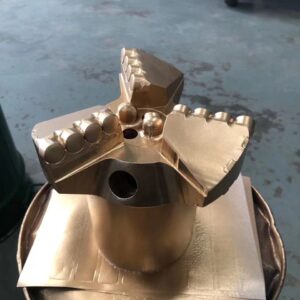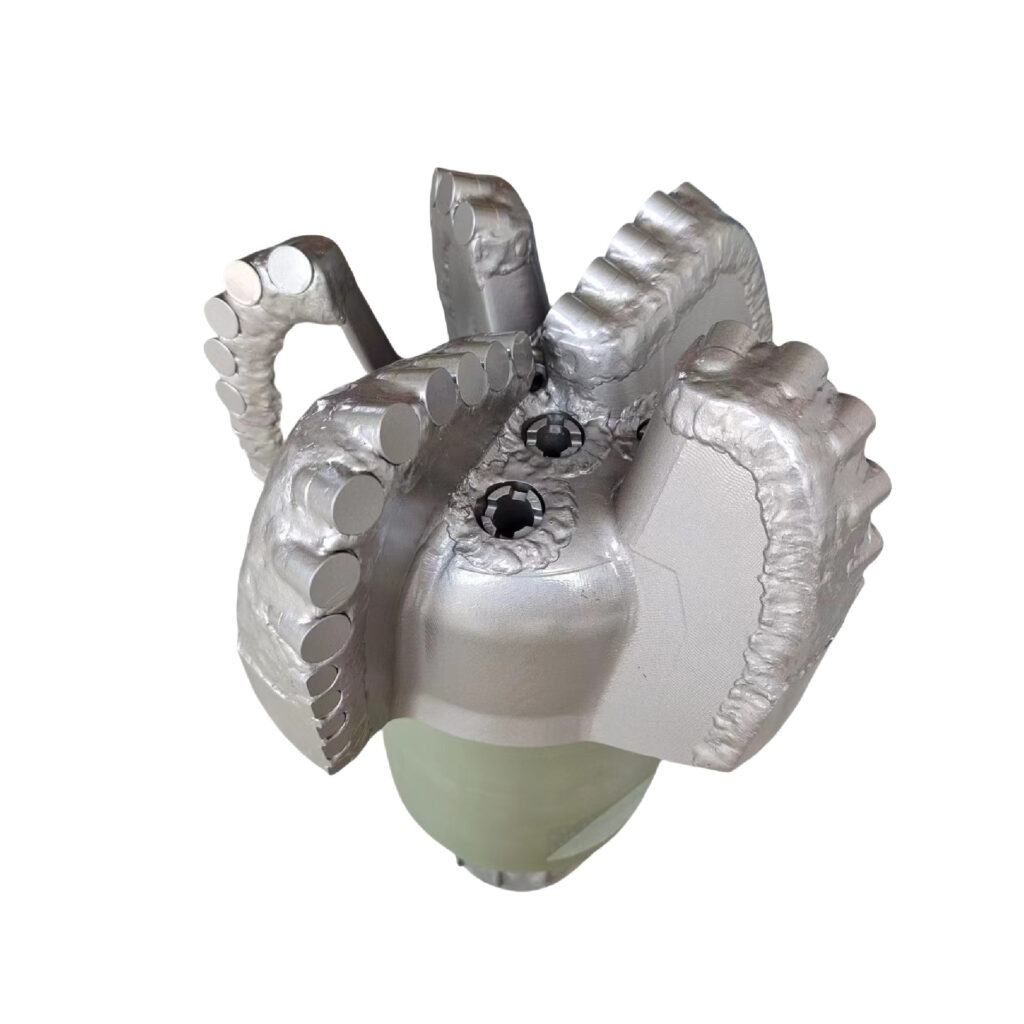Introduction
The drilling environment often subjects tricone bits to significant vibrations. These vibrations can lead to premature wear and failure. Therefore, effective shock resistance design is essential. This article explores various design strategies to enhance the shock resistance of tricone bits.
Understanding Vibrations in Drilling
Vibrations in drilling can arise from several factors, including the type of formation, drilling parameters, and equipment setup. High-frequency vibrations can cause bit bounce, leading to uneven wear. On the other hand, low-frequency vibrations can resonate within the drill string, amplifying the stresses on the bit. Understanding these vibration types is crucial for designing effective shock-resistant features.
Shock Absorption Materials
Incorporating advanced materials into the design of tricone bits can enhance shock resistance. Materials with high damping capacities can absorb vibrations effectively. For example, elastomers and composites can be used in specific areas of the bit to reduce the impact of shocks. These materials help extend the lifespan of the bit and improve overall drilling performance.
Structural Reinforcements
Reinforcing the bit’s structure is another effective strategy for enhancing shock resistance. The use of thicker walls and additional ribs can distribute stresses more evenly. This reinforcement helps prevent structural failures during drilling operations. Additionally, optimizing the bit’s geometry can further reduce stress concentrations that lead to failures.
Testing and Validation
Testing is crucial to validate the effectiveness of shock resistance designs. Laboratory tests, including vibration analysis and shock impact tests, can provide valuable insights. These tests help identify weaknesses in the design and guide further improvements. Field testing is also essential to ensure that the design performs well in real-world conditions.
Future Trends in Shock Resistance Design
As drilling technology advances, new materials and design approaches will emerge. Innovations such as smart materials that respond to vibrations in real time may be integrated into tricone bits. Additionally, advancements in simulation technology will allow for better prediction and analysis of vibration effects. These trends will enhance the durability and performance of tricone bits in challenging environments.
Conclusion
Designing tricone bits with effective shock resistance is critical for their performance and longevity. By incorporating advanced materials, structural reinforcements, and thorough testing, manufacturers can enhance bit durability. As the industry evolves, innovative approaches will continue to shape the future of shock resistance design in drilling applications.


